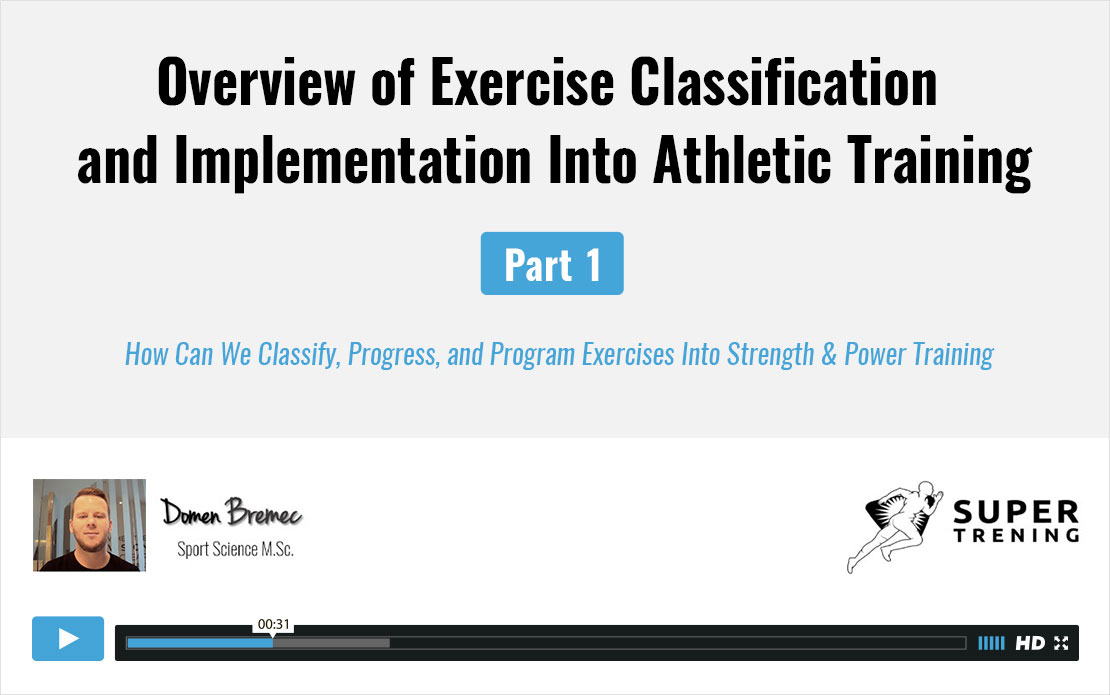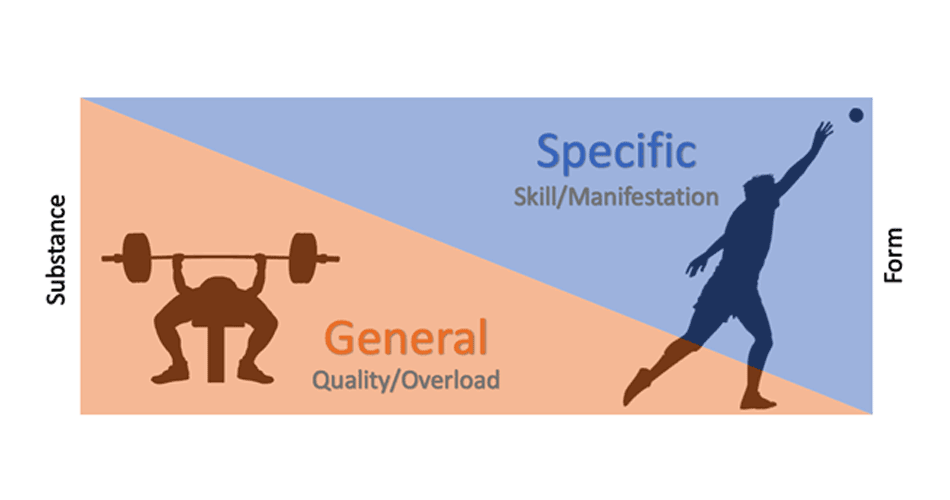Overview of Exercise Classification and Implementation into Athletic Training – Part 1
About classifications of the exercises, methods, qualities and periodization
Below is a presentation I have made on an important issue that is relevant to both novice and more experienced coaches and practitioners in the sports science and training world.
We must realize that any kind of classification (or categorization) depends on the criteria we decide to use. There is no right or wrong, as long as you have an argument and a reason for using a particular class. This field is typically dominated by physiology and biomechanics in classical textbooks and papers. But those are not the only ways to classify all the confusion of the exercises, methods, and qualities.
My goals for the below presentation are: to point out that all classifications are “artificial” and are there to help us better understand, organize and plan the training; to encourage you to create your classification for your athletes and your needs; to realize that being “biased” and “subjective” is okay and you are no worse than the 100% objective “evidence-based” geniuses and finally to make you realize that you if you can see this topic (and probably many more) from different points of view that will help you make the best decisions for any given problem or task.
References
- Jovanović, M., (2019). Strength Training Manual: The Agile Periodization Approach.
- Bompa, T. O., & Buzzichelli, C. (2019). Periodization: Theory and Methodology of Training. Human Kinetics
- Joyce, D., & Lewindon, D. (Eds.). (2021). High-Performance Training for Sports. Human Kinetics.
PS: If you are interested in my exercise classification that I’ve made you can get it here.












Responses